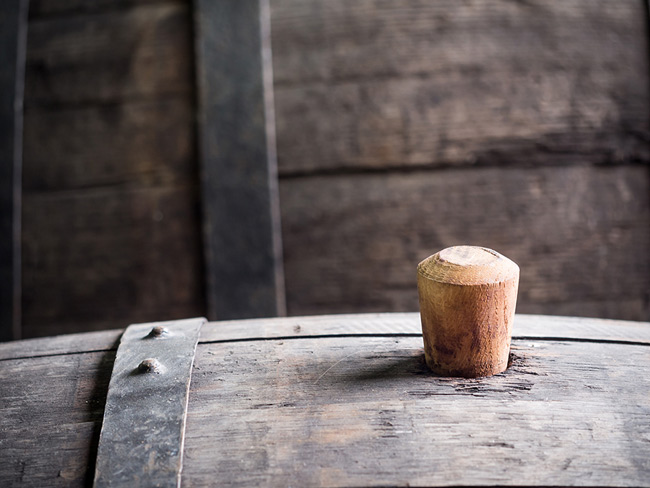THE FAMOUS MALOLACTIC FERMENTATION!

Malolactic fermentation is a second fermentation that takes place after the alcoholic. Its purpose is primarily to decrease the acidity of the wine. During malolactic fermentation the tangy malic acid is converted from lactobacillus (usually of the genus Oenococcus oeni) to lactic acid which is much more "mild". It is not possible to apply to all wines as these bacteria find it difficult to act in an environment with high alcohol or with high levels of tannins.
Alongside the reduction of acidity, this second fermentation gives to wine extra complexity by adding creamy, milky aromas like butterscotch, cream, butter and cheese. Additionally, it gives to wines fuller body and a slightly oily mouthfeel.
Everything must be in moderation! There are cases when the secondary characteristics of malolactic fermentation overshadow the fruity and fresh character of the wine, like Sauvignon blanc from Pouilly- fume. The "rule" states that in light, fruity wines that need acidity to have balance and character, malolactic fermentation should be avoided. This is usually accomplished by using lower temperatures and sulfur dioxide (SO2).
In addition, malolactic fermentation is usually preferred in red or sparkling wines that have aggressive acidity, in order to soften their intractable nature.
Chardonnays all over the world love it, because they acquire caramel aromas, complexity and enviable buttery character. On the other hand exaggeration never helped anybody.
Pour it in a glass or spread it on the bread? We definitely, say: in the glass!
Eva Markaki


